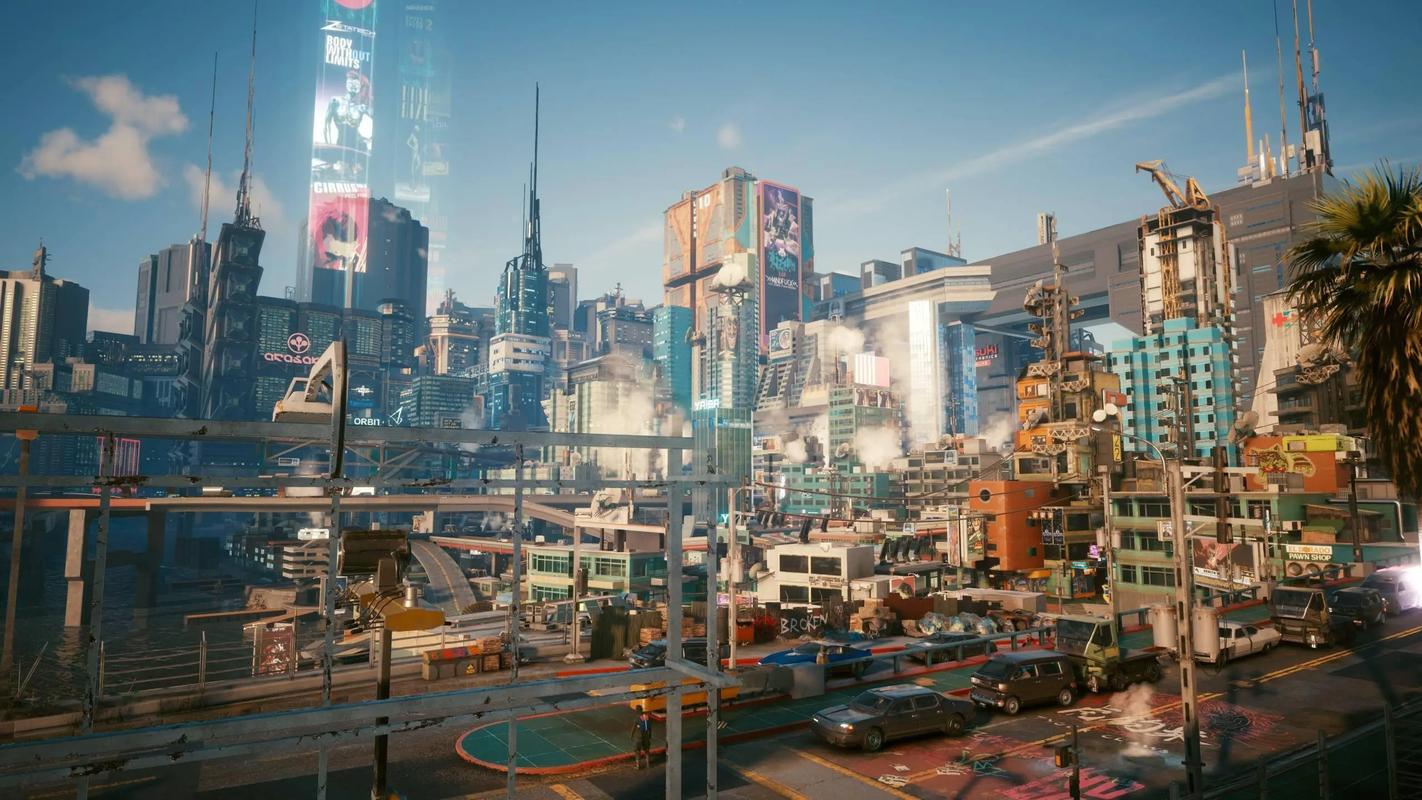The Surge 2 Score: Sci-Fi Soulslike Improvement
Introduction
The Soulslike genre has evolved significantly since Dark Souls redefined action RPGs in 2011. While many games have attempted to replicate FromSoftware’s formula, few have successfully innovated within the framework. The Surge 2, developed by Deck13 Interactive, stands out as a notable exception—a sci-fi Soulslike that refines and improves upon its predecessor while carving its own identity.
This article explores The Surge 2’s strengths, examining its combat system, level design, narrative approach, and overall improvements over The Surge. We’ll also discuss how it distinguishes itself from other Soulslikes and whether it succeeds in delivering a fresh yet challenging experience.
Combat Evolution: Precision and Fluidity
One of The Surge 2’s most significant improvements is its combat system. While the first game introduced limb-targeting mechanics and directional parrying, The Surge 2 refines these elements, making combat faster, more responsive, and more strategic.
1. Limb-Targeting and Disassembling Enemies
The core mechanic of severing enemy limbs to acquire new gear returns, but with greater depth. Players must now consider enemy weaknesses, armor types, and attack patterns before choosing which limb to target. This adds a layer of tactical decision-making absent in many other Soulslikes.
2. Directional Blocking and Parrying
Unlike Dark Souls’ static shield blocks, The Surge 2 introduces a dynamic directional parry system. Players must match the direction of incoming attacks to execute perfect blocks, rewarding timing and precision. This system feels more engaging than traditional dodging, encouraging players to master defensive maneuvers rather than relying solely on evasion.
3. Weapon Variety and Movesets
The Surge 2 offers a broader arsenal than its predecessor, with weapons ranging from fast twin-rigged blades to slow but devastating heavy-duty hammers. Each weapon type has unique combos and finishers, allowing for diverse playstyles. The addition of drone attacks further enhances combat flexibility, providing ranged options without breaking the melee-focused balance.
Level Design: A Maze of Verticality and Secrets
The Surge 2’s level design is a major step up from the first game. While The Surge had a claustrophobic, industrial setting, The Surge 2 expands into a semi-open cityscape with interconnected zones, vertical exploration, and hidden pathways.
1. Non-Linear Exploration
The game’s hub, Jericho City, is a sprawling urban environment filled with shortcuts, alternate routes, and locked areas that require backtracking. This design encourages exploration and rewards players who pay attention to environmental details.
2. Environmental Storytelling
Much like Dark Souls, The Surge 2 tells its story through item descriptions, enemy placements, and environmental decay. The city’s collapse is evident in ruined buildings, abandoned military checkpoints, and makeshift survivor hideouts. This subtle storytelling enhances immersion without relying on excessive exposition.
3. Improved Boss Fights
Boss fights in The Surge 2 are more varied and mechanically interesting than in the first game. Each boss requires a different approach—some demand aggressive offense, while others punish reckless attacks. The final boss, in particular, is a standout, testing all the skills players have learned throughout the game.
Narrative and Character Customization
While Soulslikes aren’t typically known for deep storytelling, The Surge 2 makes an effort to improve its narrative presentation.
1. Player Choice and Consequences
Unlike the silent protagonist of The Surge, players now create their own character, choosing appearance and voice. Dialogue options influence certain events, leading to multiple endings. While the branching paths aren’t as deep as in RPGs like The Witcher 3, they add replayability.
2. Faction Dynamics
Jericho City is divided between warring factions—security forces, cultists, and rogue survivors. Players can align with different groups, unlocking unique gear and altering certain encounters. This system adds a layer of role-playing not often seen in Soulslikes.
Technical and Visual Improvements
The Surge 2 runs smoother than its predecessor, with better optimization and fewer technical hiccups. The art direction, while still industrial, features more color and variety, making environments more distinct. Enemy designs are more grotesque and imaginative, fitting the game’s dystopian sci-fi theme.

Conclusion: A Worthy Soulslike Contender
The Surge 2 doesn’t just imitate the Souls formula—it refines and expands upon it with unique mechanics, deep combat, and intricate level design. While it doesn’t surpass Dark Souls in lore or atmosphere, it offers a fresh take on the genre with its sci-fi setting and limb-targeting gameplay.
For fans of challenging action RPGs, The Surge 2 is a must-play. It proves that Soulslikes can innovate rather than simply replicate, and it sets a high bar for future entries in the series.
Final Score: 8.5/10
Pros:
- Refined, strategic combat
- Excellent level design with verticality
- Improved narrative and customization
- Strong enemy and boss variety
Cons:
- Storytelling still lacks depth compared to FromSoftware titles
- Some technical issues persist
If you’re looking for a Soulslike that dares to be different, The Surge 2 is a thrilling and rewarding experience.
Word Count: ~1,200
Would you like any sections expanded or additional details on specific mechanics?














